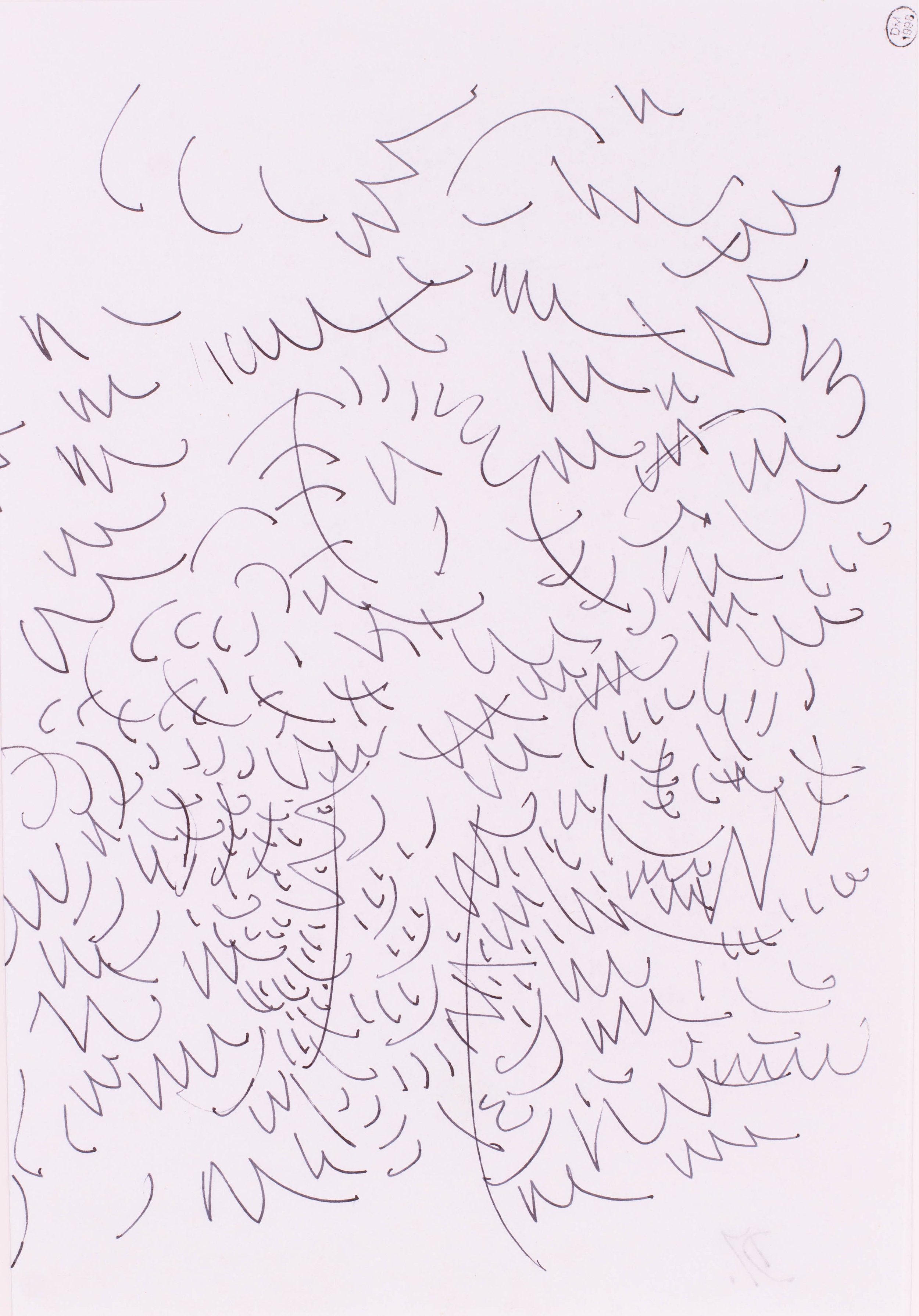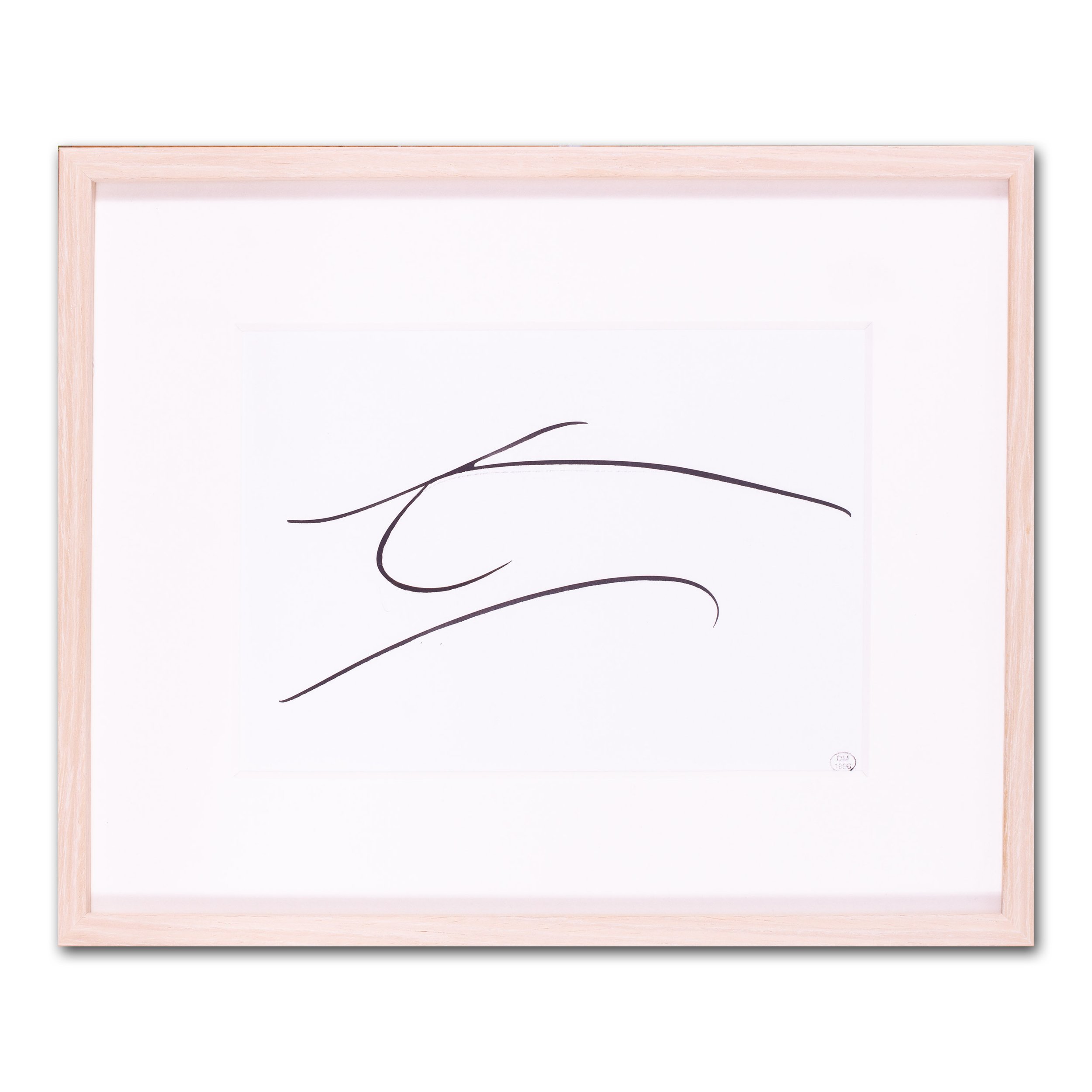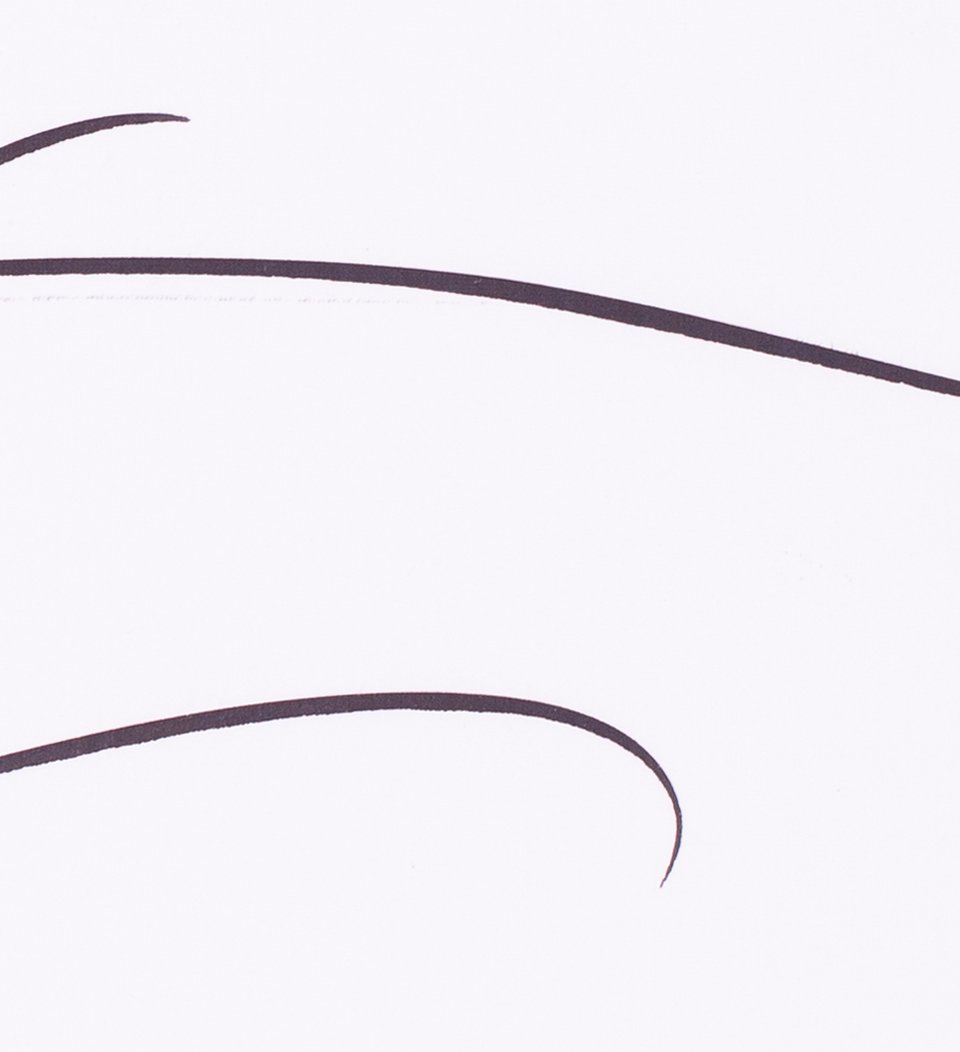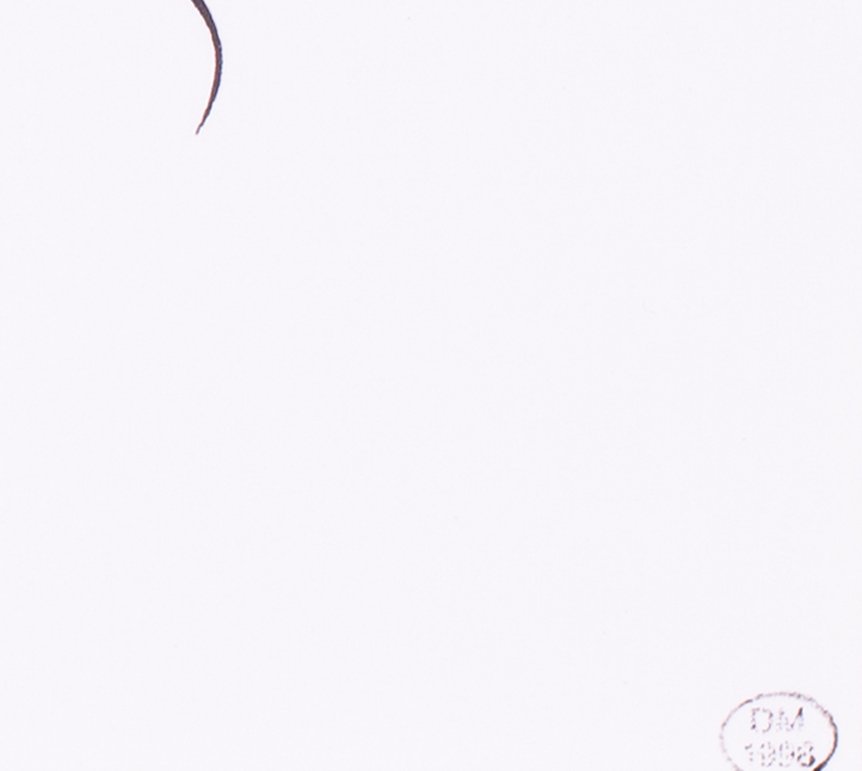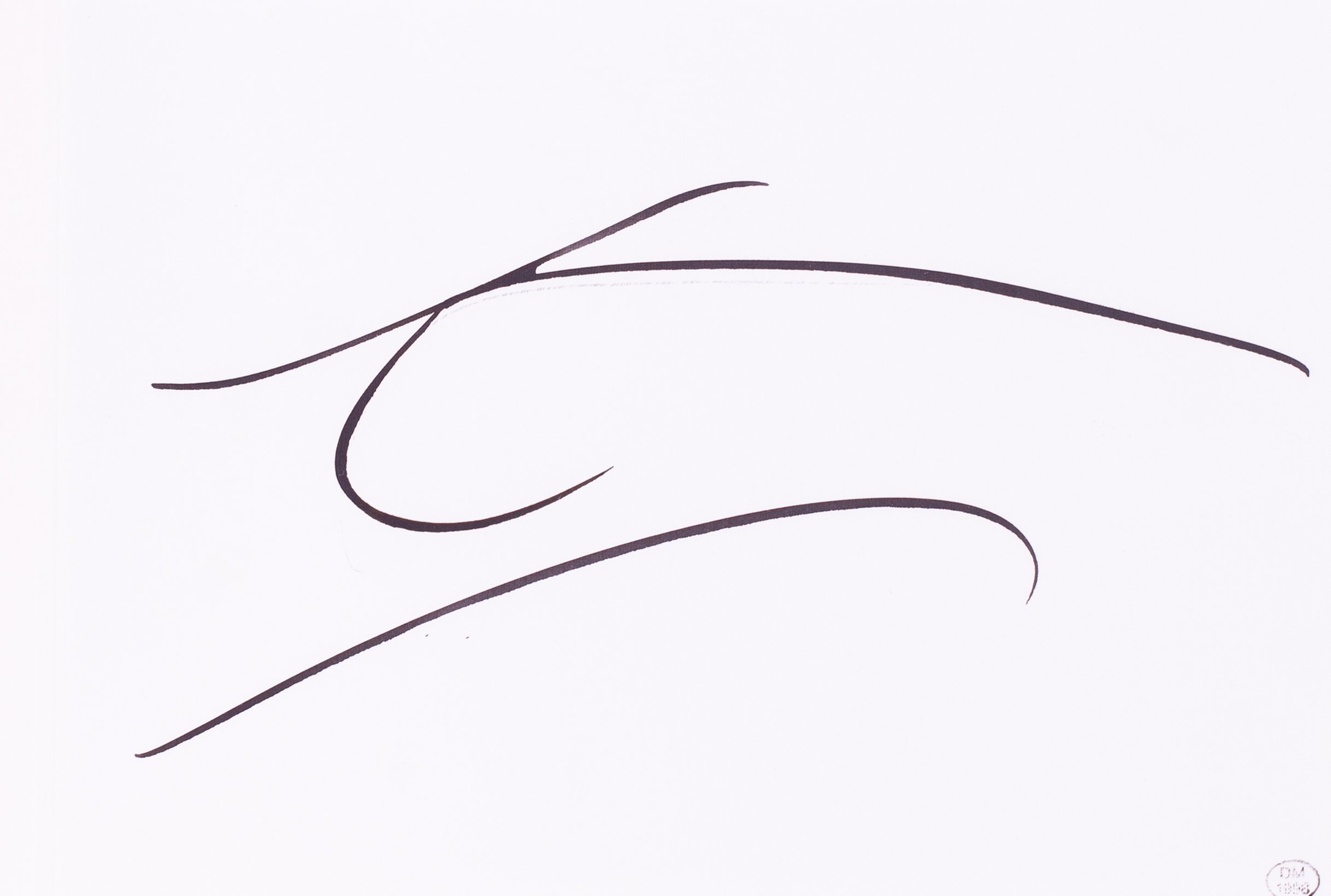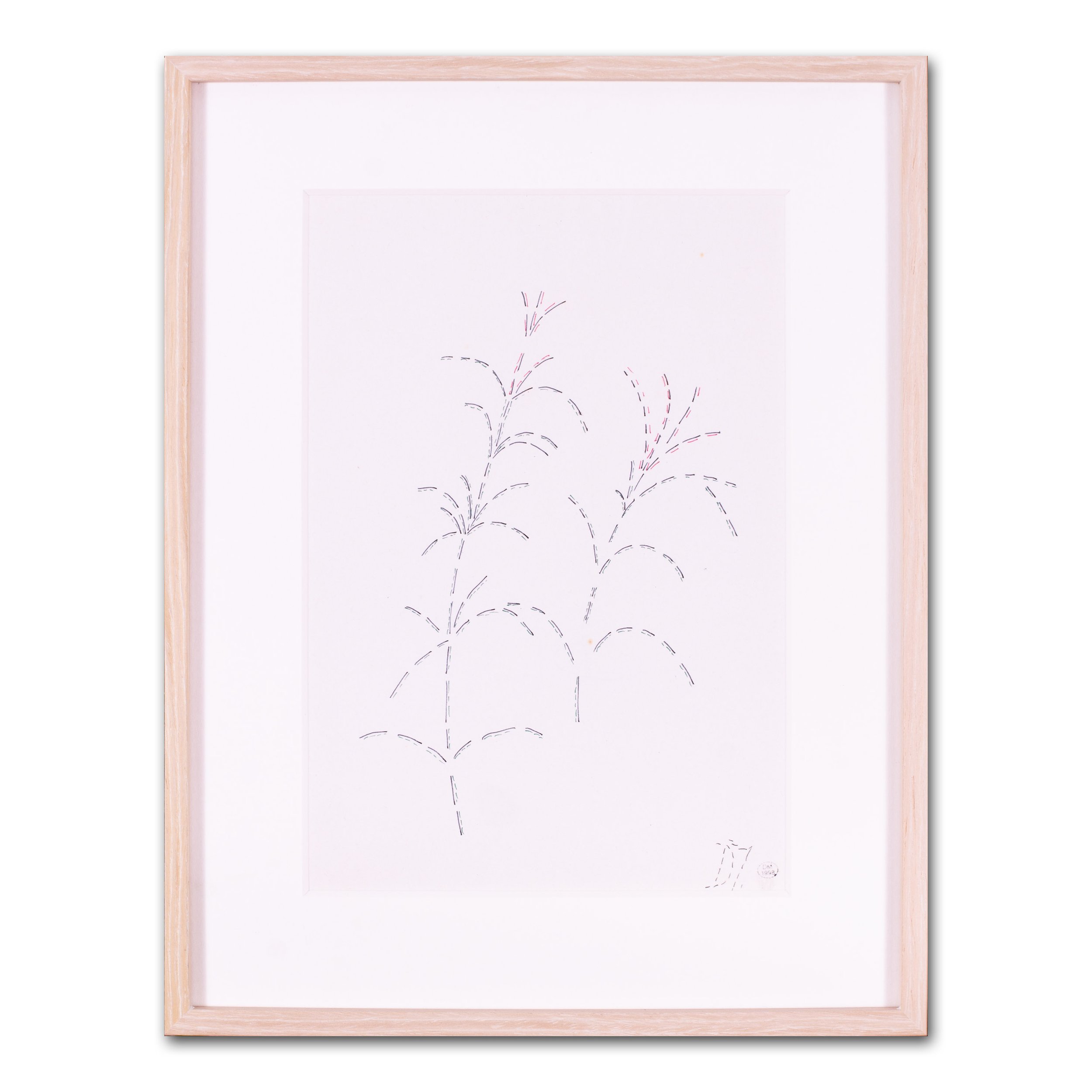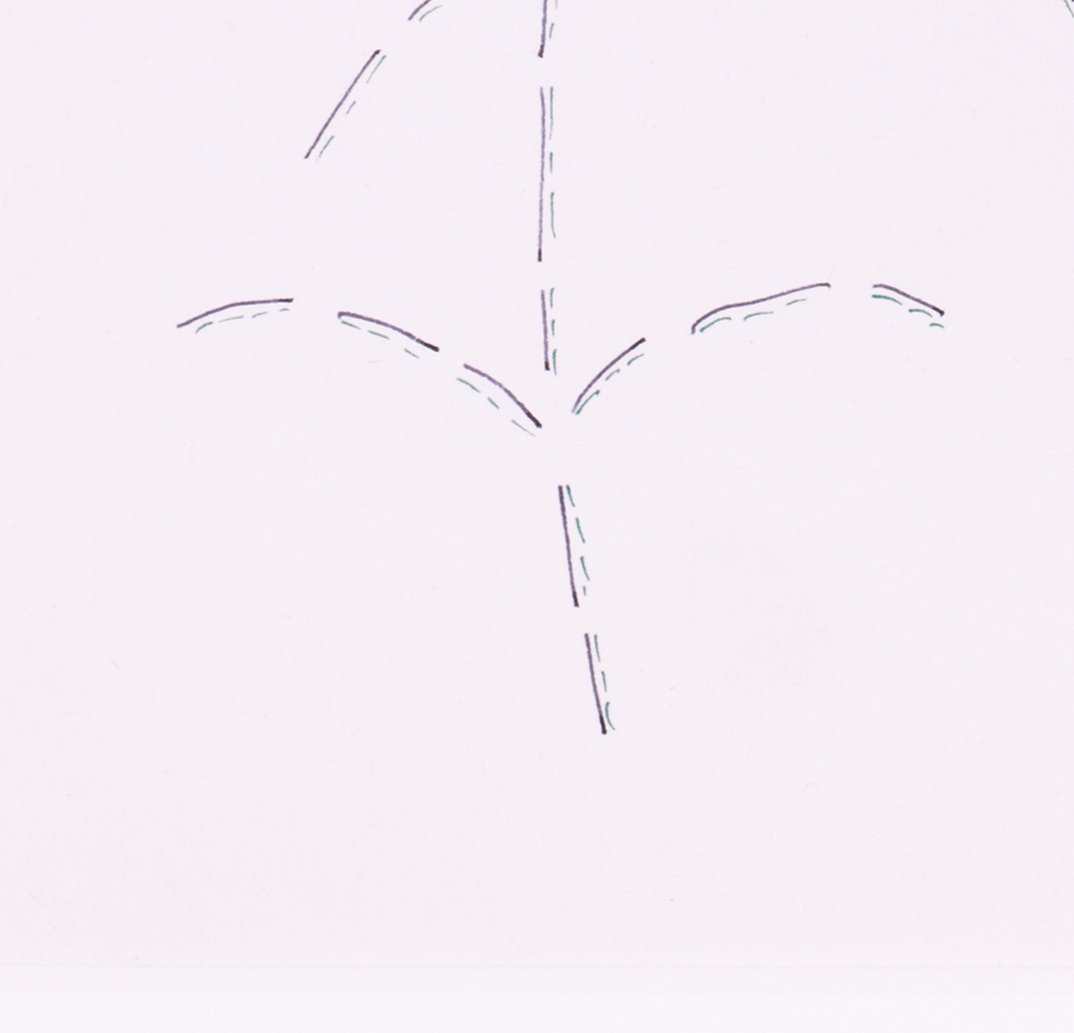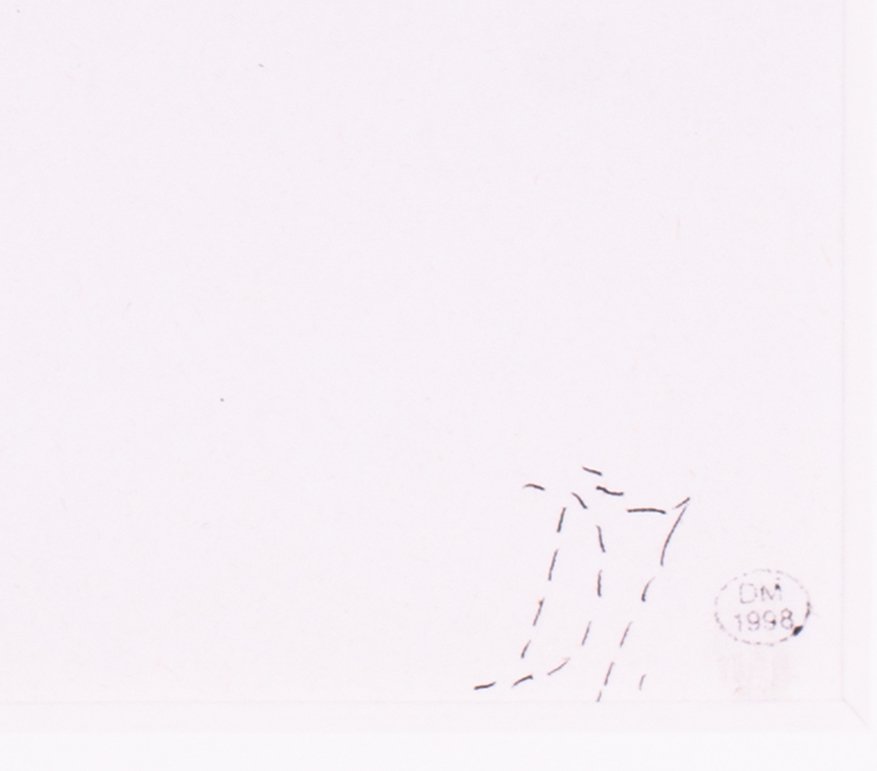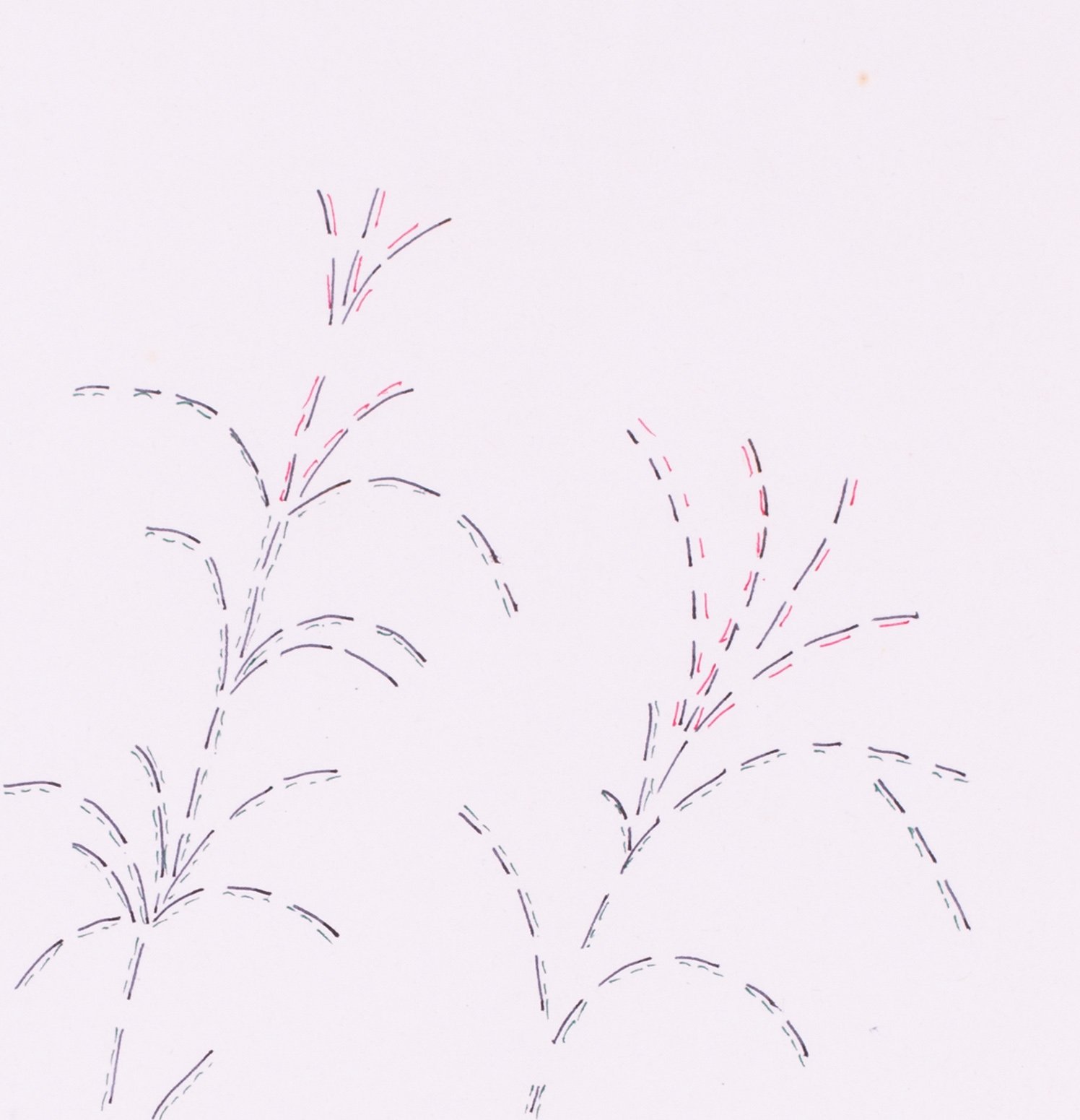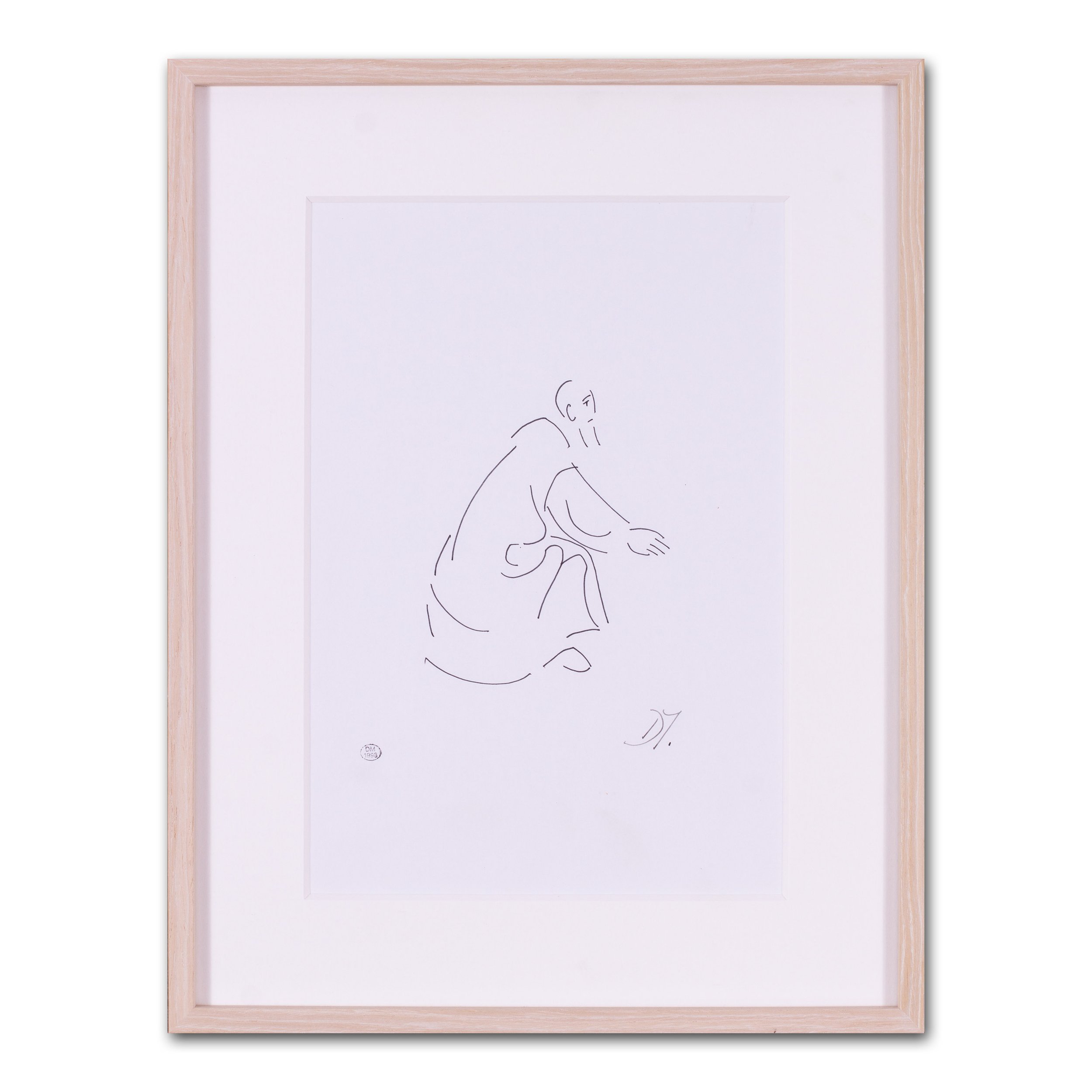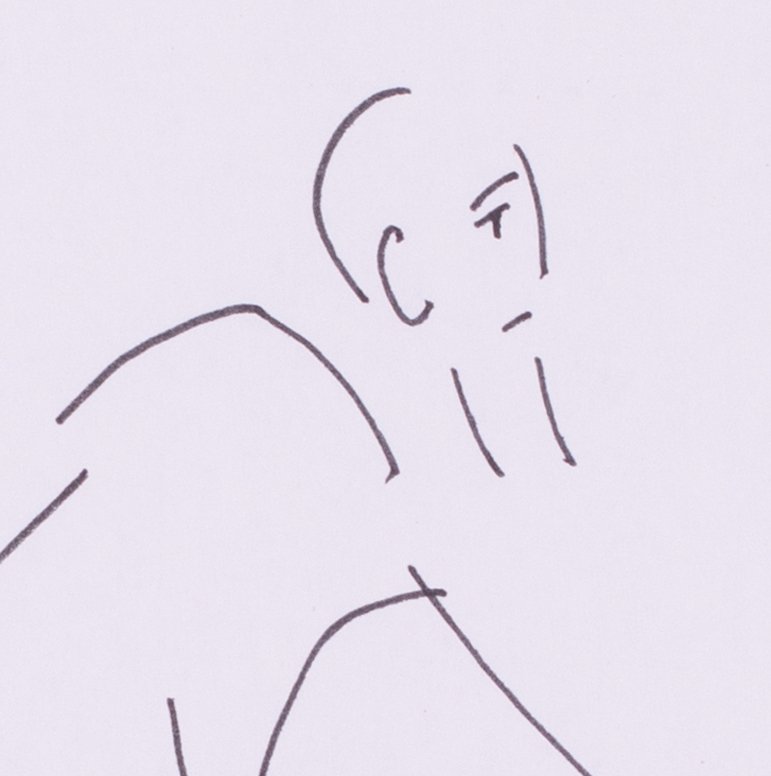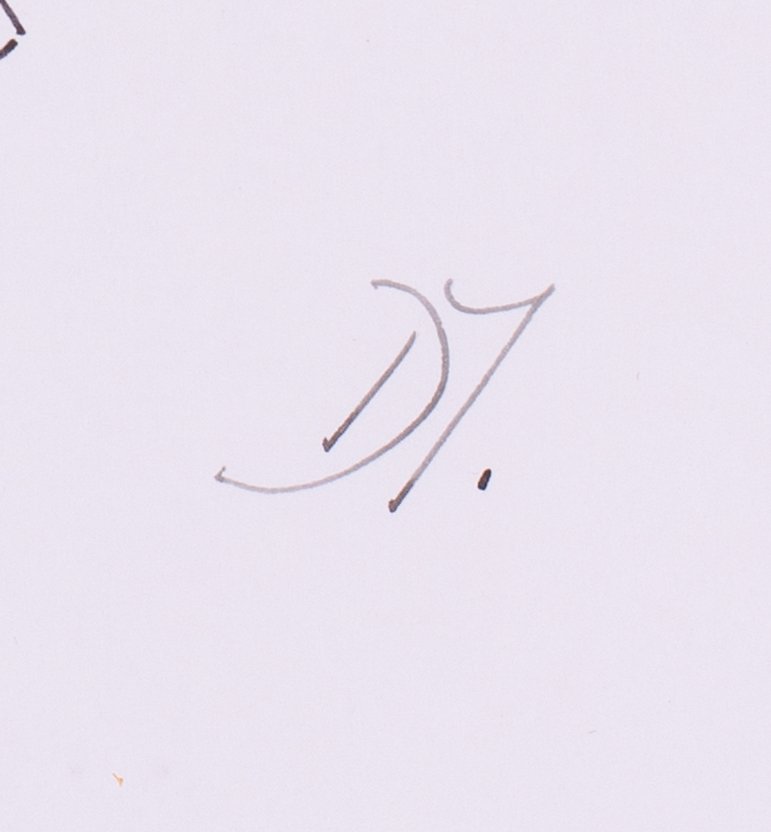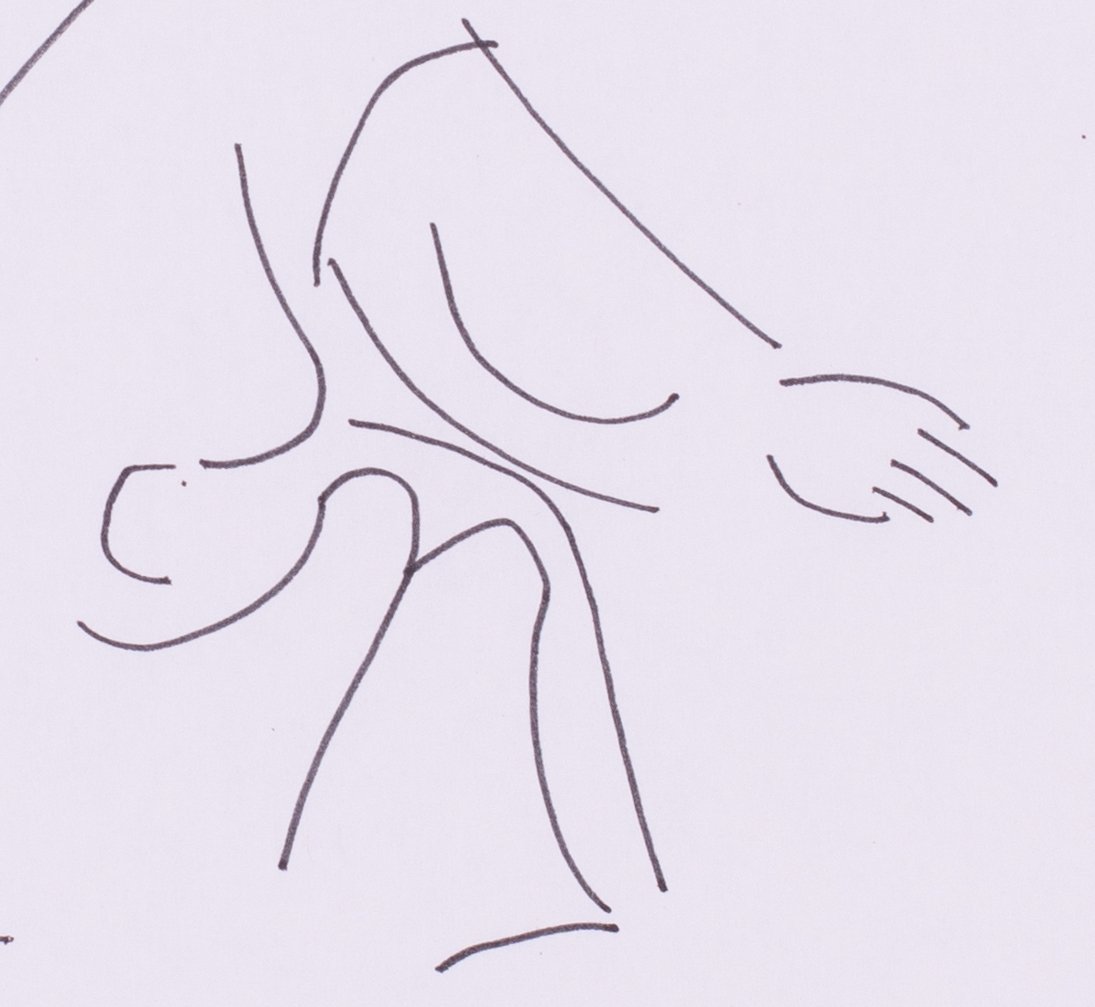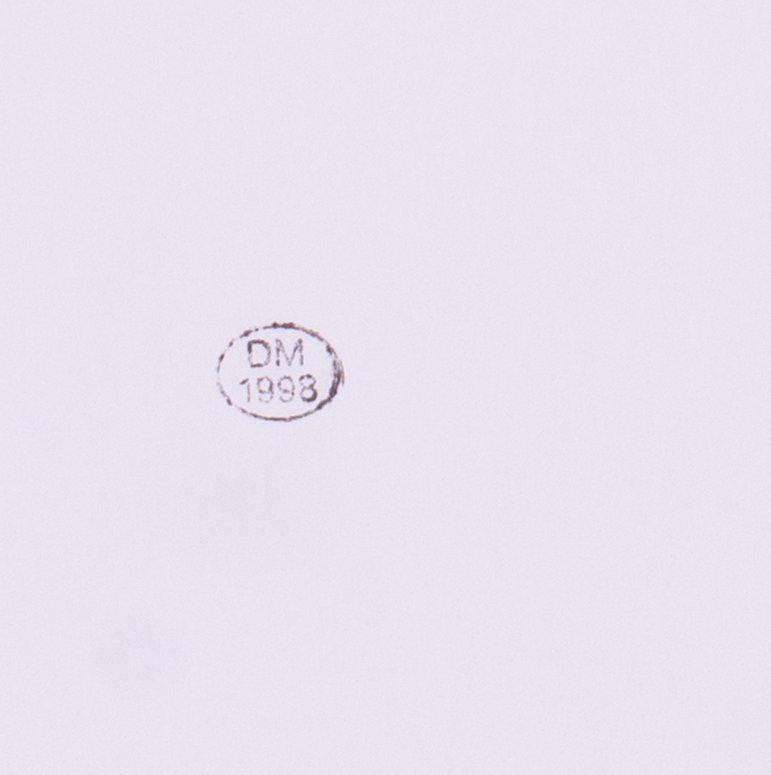DORA MAAR (FRENCH, 1907 - 1997)
For the most part, the life and work of the renowned artist Dora Maar was overshadowed by the turbulent relationship with the famed Spanish painter Pablo Picasso. After her death, thanks to several exhibitions, the world discovered what an accomplished photographer and painter she was. In 2019 a major exhibition of her work was held at the Centre Pompidou in Paris, and in 2017 a group exhibition entitled A Century of Portraits at Laleh June Galerie in Basel. The artist left behind an extensive oeuvre full of Surrealist collages, poetic photography, and paintings of landscapes.
Henrietta Theodora Markovitch (born in 1907) grew up in Buenos Aires, where her father worked as an architect. In 1926 she returned with her mother to Paris and enrolled in the Union centrale des Arts décoratifs, where she studied decorative arts. After graduation, she entered the Académie Julian and studied closely with painter Andre Lhote in his studio. Urged by her friends, she began thinking about photography. The artist began studying at the École technique de photographie et de cinematographie, after which, for a time, she completely abandoned painting to pursue a career in photography.
In the 1930s, Markovitch, who shared a studio with set designer Pierre Kéfer, cultivated her connections and skills and adopted the name Dora Maar. She worked as a fashion photographer, created advertising photographers, and captured spontaneous street scenes. On the set of Jean Renoir’s film Le Crime de Monsieur Lange (1936), she produced still images.
The artist was closely associated with the Surrealist movement and was friends with the founder of the movement Andre Breton and artists Georges Bataille and Paul Éluard. Influenced by their style and vision, her work became more dreamlike, absurdist, and sometimes disturbing. Maar's famous photograph, Portrait of Ubu(1936), featuring a fetus of armadillo, became the movement's icon.
In 1936 she began the notorious love affair with Pablo Picasso. Maar often photographed the artist in his studio, creating important documentation of his work. The most famous one was the images of Picasso's painting Guernica. The Spanish painter produced several cubist portraits of his lover and muse, including Weeping Woman in a Red Hat (1937), Dora Maar in an Armchair (1939), and Woman Seated in a Garden (1938). Maar also painted the portrait of Picasso, Portrait of Pablo Picasso in a Black Hat (1939), in his signature Cubist style. Unfortunately, due to the long emotional and physical abuse, she had a nervous breakdown and, for several years, abandoned both painting and photography.










